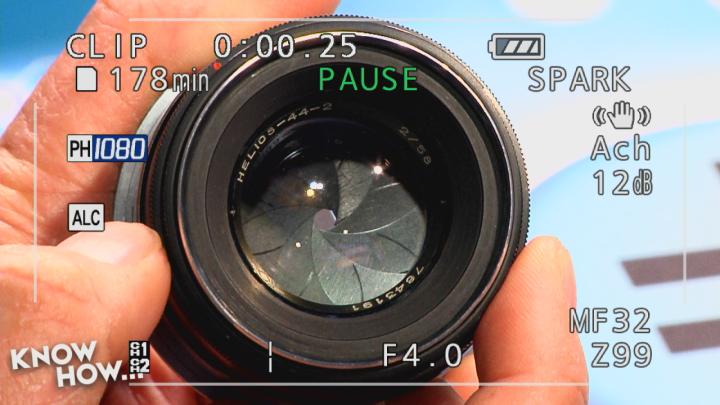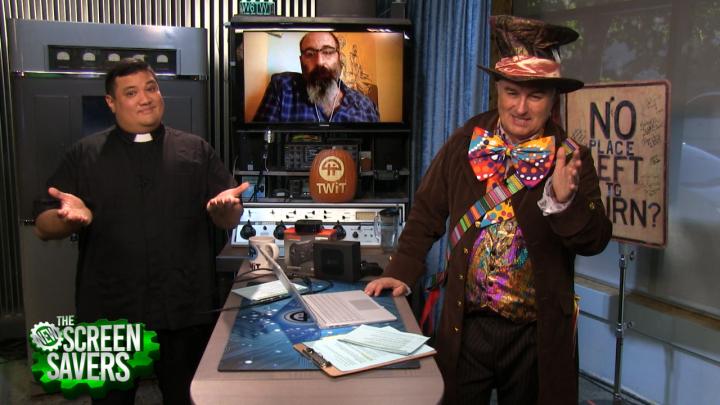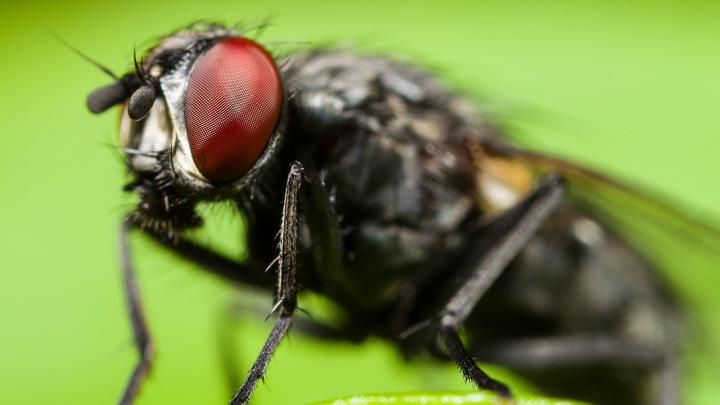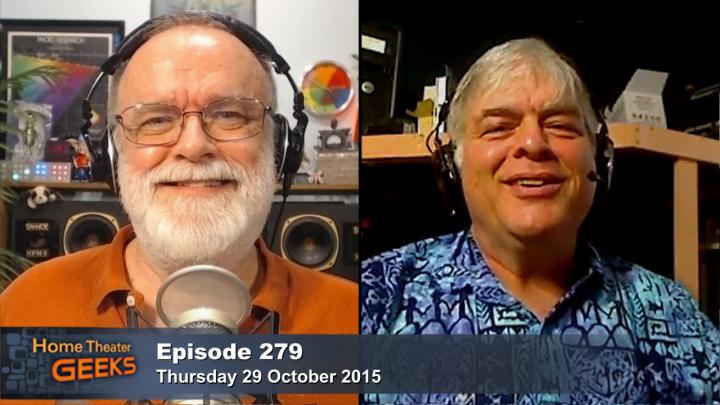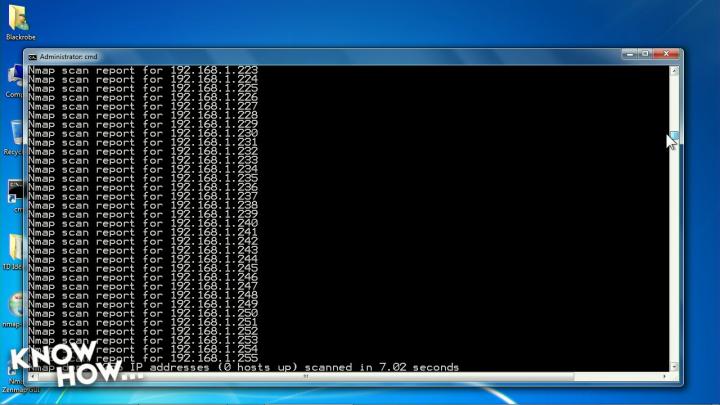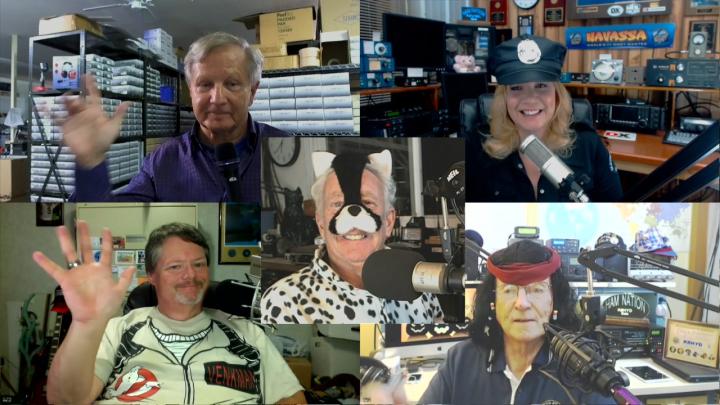Know How... 142: Synthetic Diesel, Feedback & How Cameras Work
Description
Synthetic diesel, convert a phone jack into an Ethernet jack, best replacement drive for a NAS, soldering iron upgrade, cradelpoint modem, how cameras work, the Know How...V250 Quadcopter, and more!
Feedback
Can I use this for my network?
- Luke Kolarsky "Hello KH community, I was wondering if i could use this existing phone line (I think it's Cat 5) to convert this phone jack to an Ethernet jack? Any help is appreciated!?"
- It "probably" Cat5 or Cat5e. Probably riser rated.
- Look for labeling on the cable insulation
- It's most likely been spliced from room-to-room, outlet-to-outlet.
- You can't just tape the ends together. You'd want to terminate and couple to make sure you're keeping proper electrical signal.
- You want to map out the wiring to see how they ran it. It's possible that they've run everything back to a central panel, if that's the case, then you're good to go. If not, you're want to terminate-and-couple or drop a switch at each outlet.
- It "probably" Cat5 or Cat5e. Probably riser rated.
Time for a new drive
- Geoffrey Auld "I have a Buffalo 500gb Single HDD NAS Box. The Samsung HDD has finally crashed with the click of death and I want to put a WD hard disk in side and was wanting to know which would be best, ie WD Red, Black or Green. Thanks Geoff from Australia. ?"
I need a new Soldering Station
- Edie Foy "Time to replace my no longer in biz soldering station. (can't get tips anymore). I can spend $500 for a killer station, I prefer at or under $200. I don't need SMD/SMT. Suggestions thus far are: Hakko, Weller, Metcal, Edsyn?"
Cellular Ethernet
- Ben Yanke "Does anyone know of a good GSM to Ethernet modem (something I could hook up to my own router, not a WiFi hotspot that creates it's own network). Obviously I could just buy a hotspot and pick it up with an AP acting as a client, and hook that to my router, but that is obviously less than ideal, and less reliable.?"
Traditional, film-based cameras
Oldtimers (Those of us who started with FILM) will remember that there were three ways to control the amount of light that would create your image.
- ISO (Or ASA, or DIN)
- Aperture
- Shutter
These three variables could be changes to change the amount of light you needed to create a proper image, and how much light actually reached your film.
- ISO
- Has been called ISO, ASA and DIN: This is the "speed" of the film (Typical values: 100, 200, 400, 800, 1600)
- The higher the number, the "faster" the film, and the less light it needed to form an image in its emulsion
- However, as a film becomes faster it:
- Increases "grain" (the individual particles that capture light clump together)
- Decreases detail
- Decreases contrast
- Those of us who shot with film, knew to always use the slowest film we could get away with.
- In a pinch, we could shoot slower speed film as if it were higher-speed film, we would just need to adjust our development time to match.
- It wasn't perfect, but it means that we favored slower films unless we KNEW we were going to be filming in low-light, fast-shutter situations
- Aperture
- This was the size of the lens opening through
Qua
These show notes have been truncated due to length. For the full show notes, visit https://twit.tv/shows/know-how/episodes/142
Hosts: Fr. Robert Ballecer, SJ and Bryan Burnett
Sponsors:

